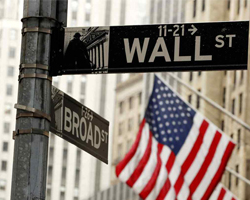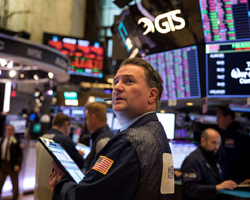Dow Surges to New Highs as Tech Stocks Plummet on Geopolitical Concerns | Daily Market Analysis
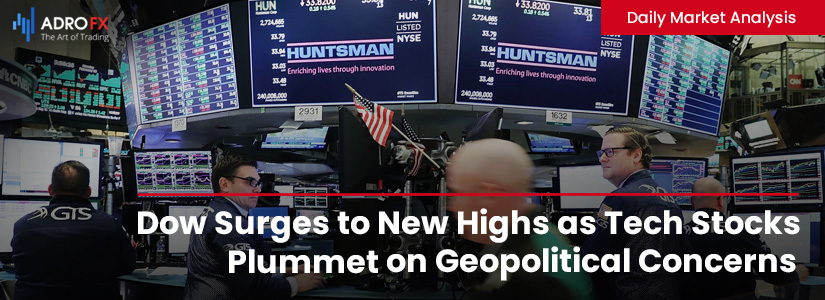
Key events:
- UK - Unemployment Rate (May)
- Eurozone - Deposit Facility Rate (Jul)
- Eurozone - ECB Interest Rate Decision (Jul)
- USA - Initial Jobless Claims
- USA - Philadelphia Fed Manufacturing Index (Jul)
- Eurozone - ECB Press Conference
The Dow surged on Wednesday, led by gains in financial and energy sectors as investors rotated away from tech stocks, which were hit by an Nvidia-led decline on geopolitical concerns.
The Dow Jones Industrial Average climbed 243 points, or 0.6%, reaching a new closing high of 41,198.08. In contrast, the S&P 500 fell by 1.4%, and the NASDAQ Composite dropped 2.8%, on track for its worst day since late 2022.
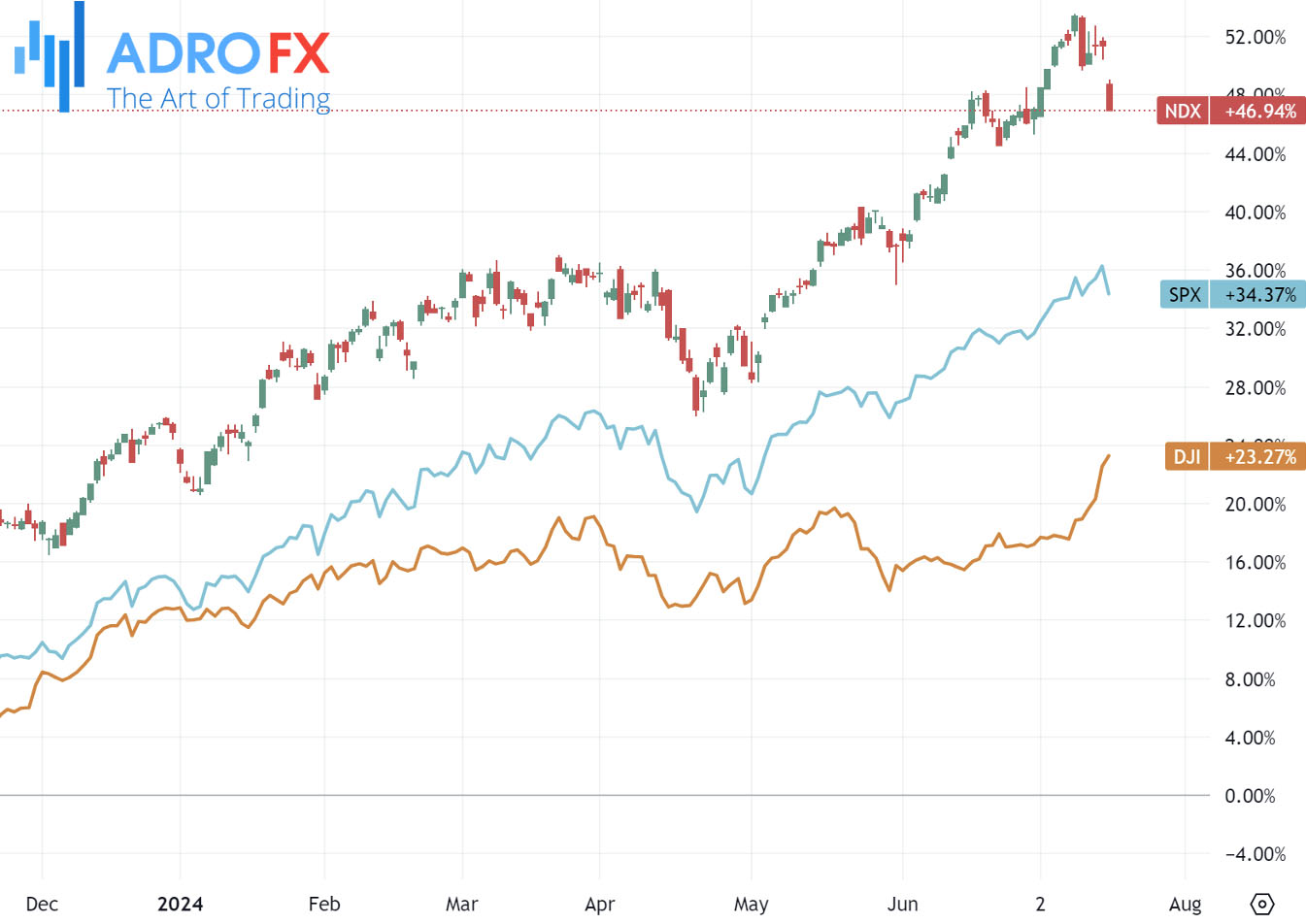
NVIDIA Corporation (NASDAQ: NVDA) plummeted over 6% due to fears that the US might extend its ban on exporting chipmaking equipment to China, as reported by Bloomberg on Tuesday.
Geopolitical tensions were further inflamed by former President Donald Trump, who suggested that Taiwan should compensate the US for defense supplies, asserting that "it does not give the country anything." This statement caused Taiwan Semiconductor Manufacturing (NYSE: TSM), the world's largest contract chipmaker and Taiwan’s biggest stock, to drop nearly 8%.
The heightened geopolitical tensions negatively impacted tech sentiment, dragging down shares of Apple Inc (NASDAQ: AAPL), Netflix Inc (NASDAQ: NFLX), and Meta Platforms Inc (NASDAQ: META), and hastening the rotation out of megacap tech stocks.
Gold prices edged higher on Thursday, nearing $2,470 per troy ounce, close to record highs amid increasing optimism that the Federal Reserve will cut rates in September. Lower interest rates tend to boost the appeal of non-yielding assets like gold.

Federal Reserve officials have shown growing confidence that inflation rates are aligning more closely with their targets. On Wednesday, Fed Governor Christopher Waller mentioned that the US central bank is "getting closer" to an interest rate cut. Richmond Fed President Thomas Barkin also noted that inflation is beginning to ease more broadly, a trend he hopes to see continue, according to Reuters.
The GBP/USD pair continued to rise, testing levels above the 1.3000 mark on Wednesday. Expectations of a September rate cut from the Federal Reserve kept the US Dollar under pressure, providing support for the Pound Sterling.
Final UK Consumer Price Index inflation figures released early Wednesday met forecasts, offering little new information for GBP traders. However, a sharper-than-expected decline in UK Producer Price Index inflation briefly weighed on the Pound. The PPI inflation contracted by 0.3% month-over-month in June, missing the forecasted increase to 0.1% and down from the previous month's revised 0.0%.
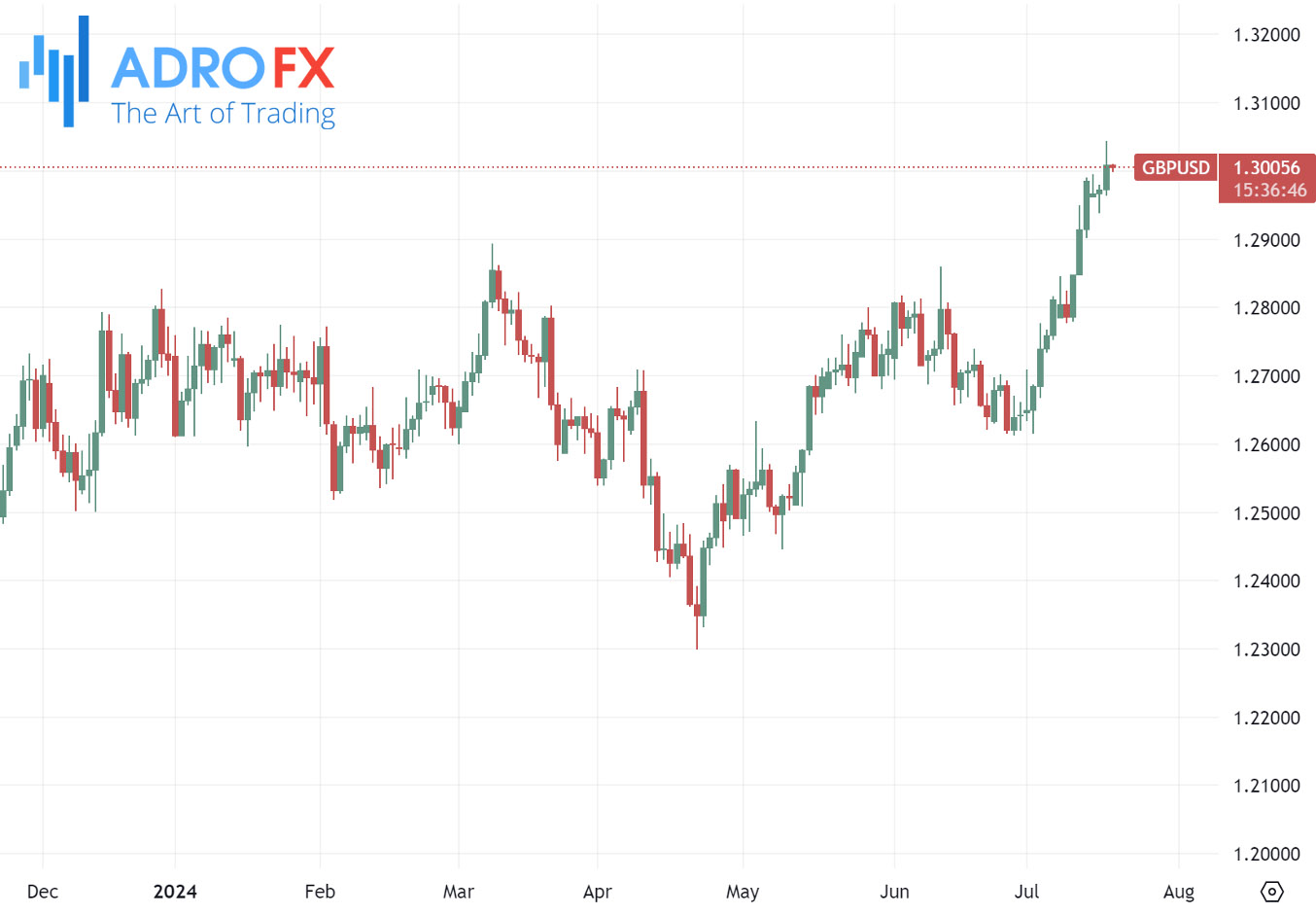
Upcoming UK labor data on Thursday will provide GBP traders with more direction for the latter half of the week. The Claimant Count Change for June is expected to decrease sharply to 23.4K from May's 50.4K, while the annualized quarterly Average Earnings Excluding Bonus is forecasted to drop to 5.7% from the previous 6.0%.
Friday's UK Retail Sales data will conclude the week's economic reports, with market forecasts predicting a -0.4% contraction in June's retail spending volumes, following a significant surge of 2.9% in May.
The Australian Dollar saw a slight uptick during the Asian session on Thursday, buoyed by a stronger-than-expected domestic jobs report. This positive data bolsters the case for a potential rate hike by the Reserve Bank of Australia. Additionally, the bullish sentiment in global equity markets supports the risk-sensitive Aussie, aiding the AUD/USD pair's modest recovery from around the 0.6715 region, a two-week low touched on Tuesday.
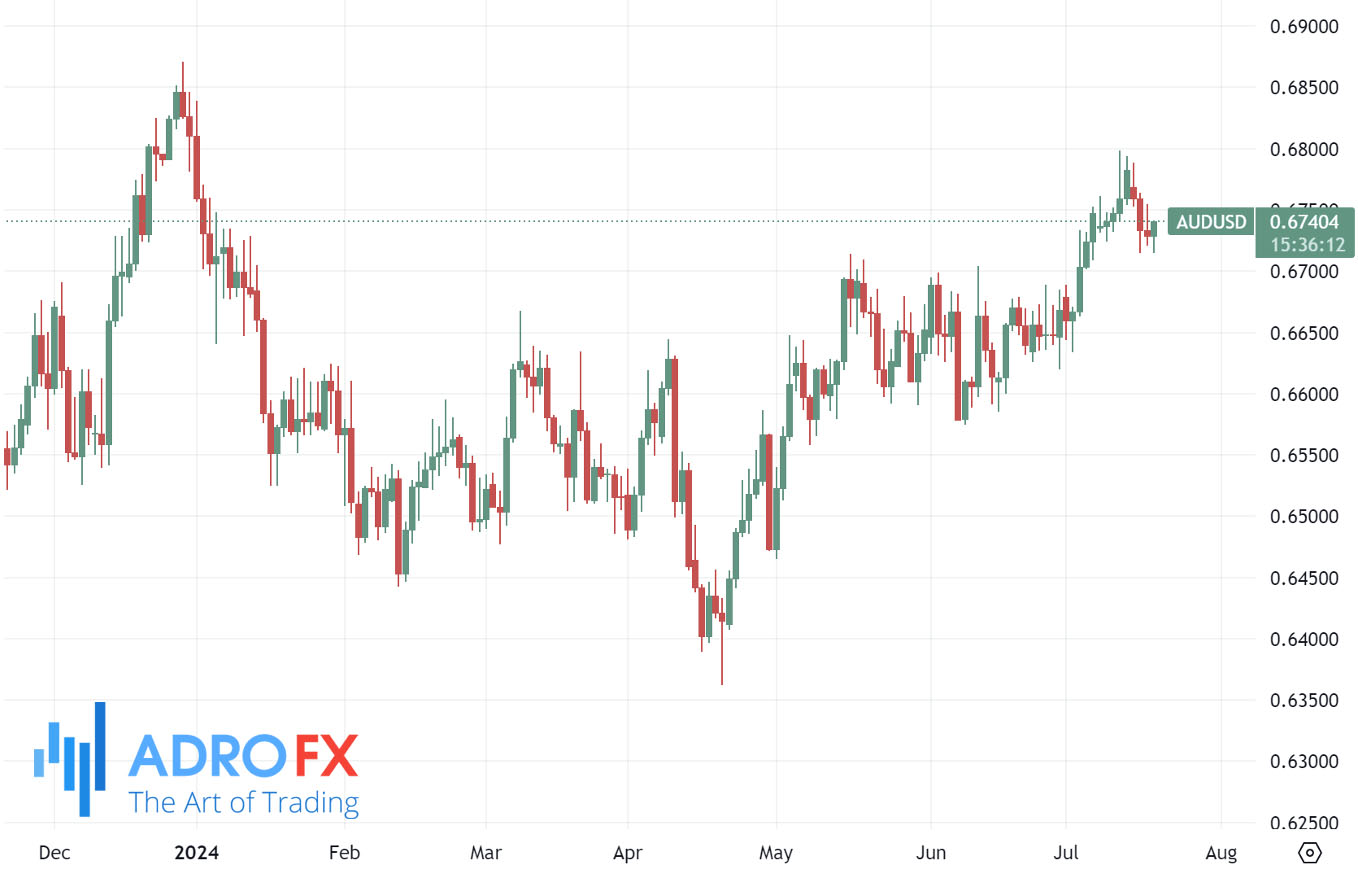
The Japanese Yen pulled back from its recent gains on Thursday. The JPY had previously strengthened against the US Dollar following suspected intervention by Japanese authorities, which drove the USD/JPY pair to a one-month low of 155.36. Traders remain vigilant for further possible interventions. Reuters, citing Kyodo News, reported that Japan's top currency diplomat, Masato Kanda, indicated he would act if speculators caused "excessive" currency movements and that there was no limit to the frequency of interventions.

However, economic challenges in China and declining copper prices prevent aggressive bullish bets on the resources-linked Australian Dollar. Meanwhile, the US Dollar gained some traction, reversing part of the previous day's losses to a nearly four-month low. This development further limits the AUD/USD pair's gains, warranting caution before confirming that the recent pullback from a multi-month peak has concluded.
The EUR/USD pair rallied to fresh 18-week highs on Wednesday as market sentiment leaned firmly towards risk-on ahead of the European Central Bank’s latest rate decision scheduled for Thursday. Broad-market risk appetite remains high, with markets fully pricing in a rate cut from the Federal Reserve on September 18.

Traders in the Euro will be closely watching the ECB's rate decision on Thursday. The ECB is widely expected to keep rates on hold for now, following a quarter-point rate cut in June. With rates likely to remain steady, traders will focus on any changes in policy rhetoric from ECB President Christine Lagarde during her address later in the European market session.
